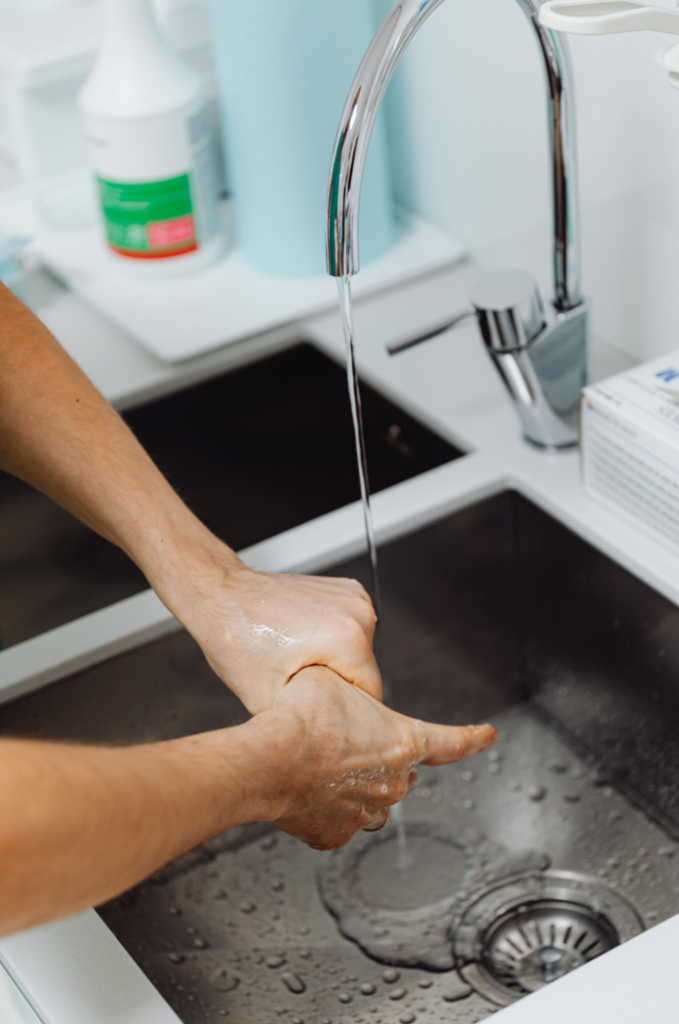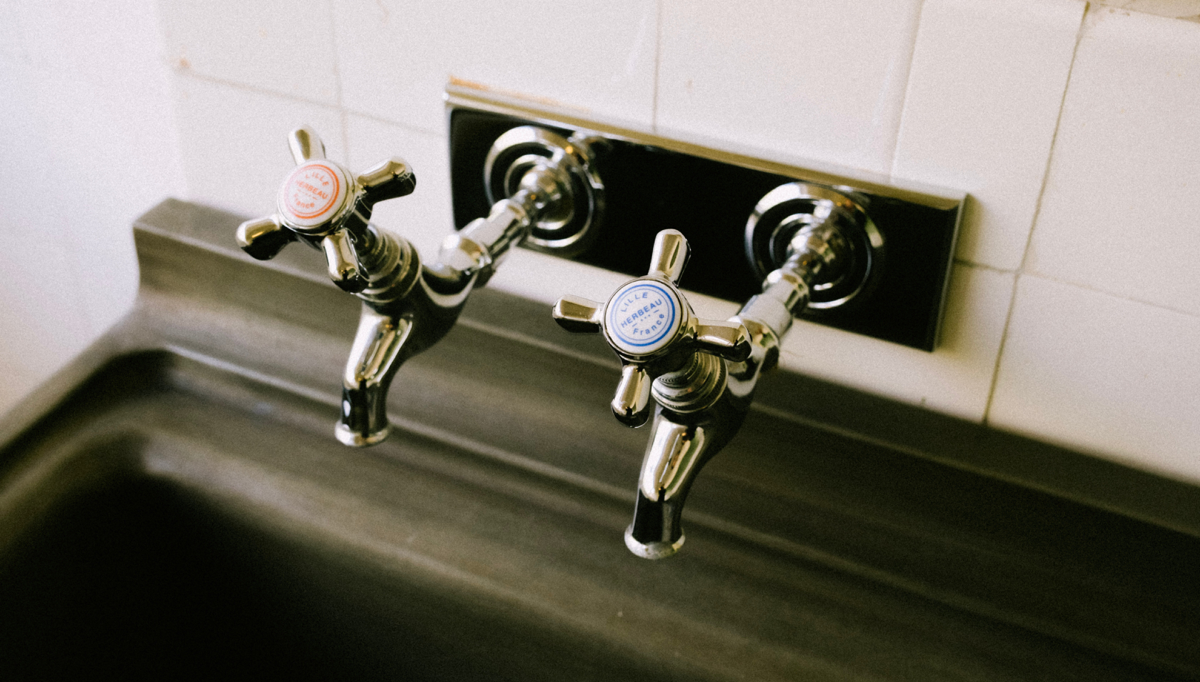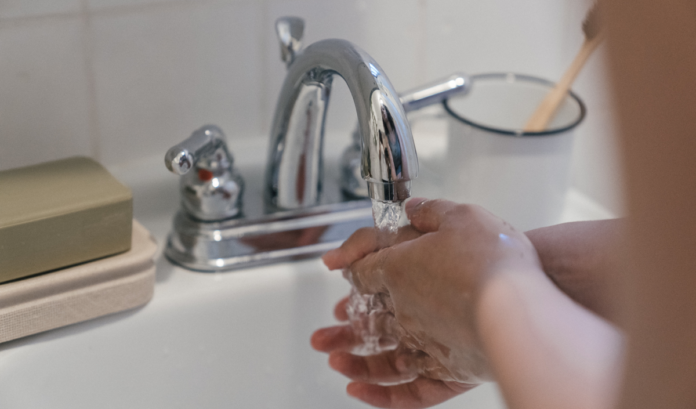5 Practical Home Plumbing Upgrades to Help Conserve Water and Energy. Water and energy conservation is a priority in many households, and plumbing upgrades are one of the most effective ways to help achieve this goal. Many options are available to help reduce water usage, but some upgrades are more effective than others.
This blog post will explore the top plumbing upgrades that can help you save water and energy. We’ll look at the benefits of each upgrade and discuss how they can help you meet your water and energy conservation goals. So, let’s get started!
1. Dual Flush Toilets
The technology behind dual flush toilets is based on a simple concept. When the user pushes the button, a diverter in the tank opens to allow the water to flow into the bowl. The type of flush depends on the size of the opening. A full flush opens up a larger opening for more water, while a half flush opens a smaller opening for less water.
Checkout these Plumbing Fixtures hereThese toilets come in various designs and colors, making them easy to fit into any bathroom decor. They are also available in standard and elongated models, so you can choose the one that works best for your space. Additionally, these toilets use less water per flush, so you don’t need to think of high water bills.
The installation of a dual-flush toilet is relatively simple and should be done by a professional plumber. This will give you peace of mind knowing that your new toilet is installed properly and meets all local plumbing codes. Once installed, you’ll enjoy the benefits of a dual-flush toilet for years.
2. Low-Flow Faucets and Showerheads
Low-flow fixtures are often equipped with aerators that mix air with water, creating a mist-like spray. This spray is sufficient for everyday uses like washing hands or dishes and helps conserve more water than a traditional fixture.
Low-flow fixtures can also be equipped with pressure-compensating devices that maintain a consistent flow rate regardless of the incoming water pressure. This ensures that the water used remains consistent even if your home’s water pressure changes.

A low-flow faucet or showerhead, for instance, can help you save anywhere from 10-15% in water usage, depending on what type of device you choose.
3. Greywater Systems
Two types of greywater systems are available: point-of-use (POU) and whole-house systems. POU systems use a pump and filter to collect greywater from one or two fixtures, such as a bathroom sink or shower.
Whole-house systems capture all of the greywaters from the house, treating and storing them for future use. Depending on the size of your home and the type of system you choose, installation costs can start from a few hundred dollars up to several thousand.
Overall, greywater systems are an excellent way to help conserve water in your home. They are a cost-effective and efficient way to reduce water usage while helping you save money on utility bills.
When choosing a greywater system, select one certified for safe use, as some systems can be hazardous if not properly maintained. Also, check with your local authorities, as regulations for greywater systems vary by state. If done correctly, a greywater system can be a great way to conserve water in your home!
4. Low-Flow Toilets
Low-flow toilets are one of the most popular plumbing upgrades for conserving water. These toilets are designed to reduce the amount of water used with each flush, using around 1.6 gallons of water in every flush, unlike traditional toilets, which can use up to 3.5 gallons per flush. This makes low-flow toilets a great option for saving on water bills and reducing water waste, and they are usually quite affordable, too.

5. Tankless Water Heaters
Modern tankless water heaters have features that will ensure that you’re only heating water when needed, helping save even more water in the long run.
Some models come equipped with features that allow users to set their desired water temperature, which helps ensure that only the necessary amount of water is heated instead of wasting hot water that isn’t being used. Others come with recirculating pumps installed so that hot water reaches your fixtures quicker than usual. This means less water is wasted while waiting for hot water to reach the faucet or shower head.
However, installing a tankless water heater may be challenging. Water heater installation should include proper measurements to ensure the toilet fits comfortably in the available space.
Checkout these Plumbing Fixtures hereDuring a water heater installation, professional plumbers can check for any potential plumbing problems that may cause leaks or other plumbing issues down the road. They also check the connections between the tank and bowl of the new dual-flush toilet to ensure everything fits properly and maximizes water conservation.
Save Water and Energy with These Plumbing Upgrades
Making eco-friendly home improvements can greatly lower your water and energy usage, saving you money and helping the environment simultaneously. If you’re looking to reduce your water and energy consumption, plumbing upgrades are one of the best places to start.






